One Day Tourism

Tourism of around Tokyo
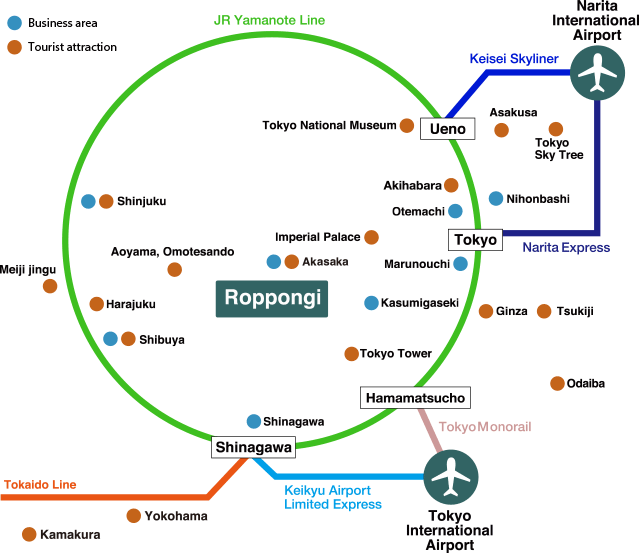
Roppongi Hills
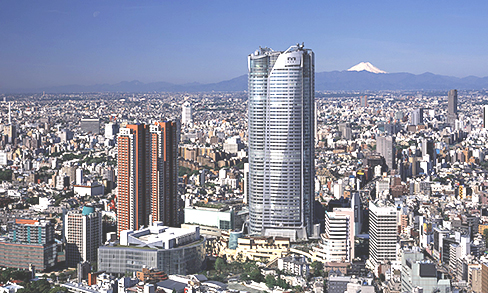
The Roppongi Hills complex, built around Mori Tower, houses an art museum, observation deck, and more than 200 fashionable shops, restaurants, a movie theater, and even hotels. Perched 270 meters above sea level, the Roppongi Hills observation deck--Tokyo's only open-air facility of its kind--offers the kind of views that will stay with visitors for the rest of their lives. Rounding out the Roppongi Hills area are a Japanese garden and public art, which make for unique, enjoyable strolls. Roppongi Hills also hosts the Tokyo International Film Festival.
Direct access from Roppongi Station on the Tokyo Metro Hibiya Line
Walk to Roppongi Hills from Roppongi Station on the Toei Oedo Line
(Total travel time: 4 minutes)
Tokyo Midtown
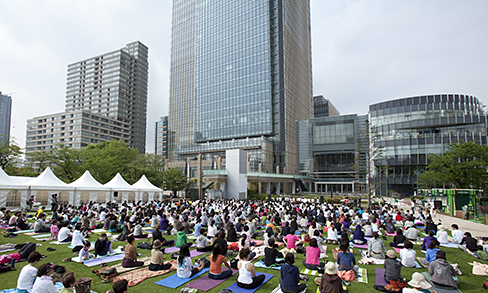
Midtown Tower is the centerpiece of Tokyo Midtown, a complex featuring a hotel, cultural facilities, commercial stores, offices, residences, and more. The complex's vast stretches of green space create an extraordinarily comfortable natural environment, giving visitors intimate views of cherry blossoms in the spring and other season-specific favorites. Midtown Garden and other locations inside Tokyo Midtown play host to numerous top-quality events, including illuminations during the Christmas season and a design event in the fall--two gatherings that have drawn substantial interest from both domestic and international audiences.
Direct access from Roppongi Station on the Toei Oedo Line
Direct access from Roppongi Station on the Tokyo Metro Hibiya Line
Tokyo Tower
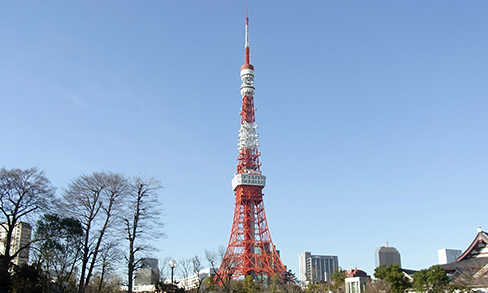
Tokyo Tower, one of Tokyo's most famous landmarks, is a 333-meter communications tower. From the observation decks, visitors can not only get breathtaking panoramas of the city but also catch glimpses of Mt. Fuji in the distance. The tower is also home to an aquarium and museum, making it a thriving tourist destination all year round.
Take the Toei Oedo Line from Roppongi Station to Daimon Station
(Total travel time: Approximately 6 minutes)
Walk to Tokyo Tower from Daimon Station
(Total travel time: Approximately 9 minutes)
Imperial Palace
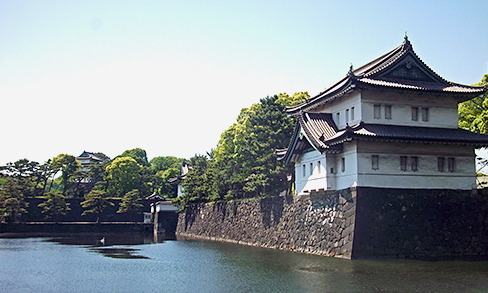
Bearing the vestiges of the old Edo Castle, the Imperial Palace boasts vast stretches of natural scenery and serves as the residence of Japan's Emperor and Empress. The area, home to Sakuradamon (an important cultural property) and the Matsu no Roka ruins (part of the Chushingura legend), represents a vital piece of Japanese history.
Take the Tokyo Metro Hibiya Line from Roppongi Station to Kasumigaseki Station and then take the Tokyo Metro Chiyoda Line to Otemachi Station
(Total travel time: Approximately 15 minutes)
Walk to the Imperial Palace from Otemachi Station
(Total travel time: Approximately 15 minutes)
Ginza
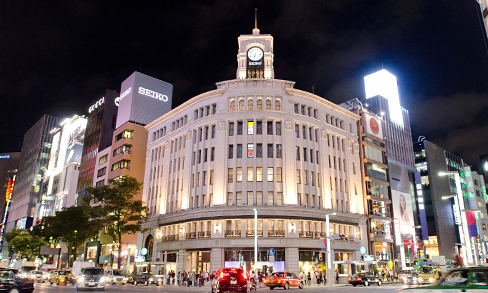
From time-honored shops to the latest luxury stores, Ginza—a fusion of nostalgia and modernity—has it all. The numerous theater performances and galleries of all sizes are some of the area's popular draws.
Take the Tokyo Metro Hibiya Line from Roppongi Station to Ginza Station
(Total travel time: Approximately 9 minutes)
Tsukiji
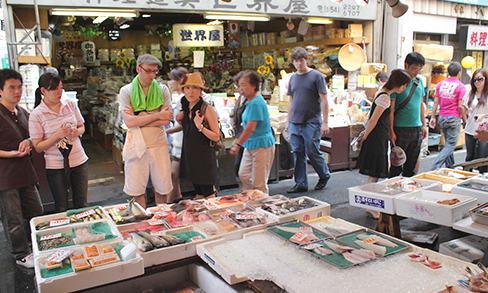
At Tsukiji, Japan's largest fish market, the first 120 visitors to the "inner market" can watch as buyers bid feverishly on fish during early-morning auctions. The neighboring "outer market," meanwhile, features loads of sushi restaurants serving the freshest fish available.
Take the Toei Oedo Line from Roppongi Station to Tsukijishijo Station
(Total travel time: Approximately 11 minutes)
Akihabara
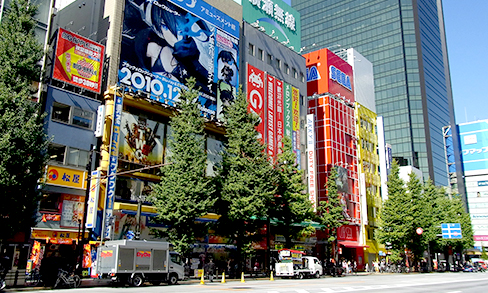
One of the world's foremost electric towns, Akihabara—also known as "Akiba"—is a popular tourist destination for Tokyo travelers. The area also serves as a hub for Japanese subculture, with gaming shops, anime shops, maid cafés, and many other establishments lining the streets.
Take the Tokyo Metro Hibiya Line from Roppongi Station to Akihabara Station
(Total travel time: Approximately 22 minutes)
Ueno
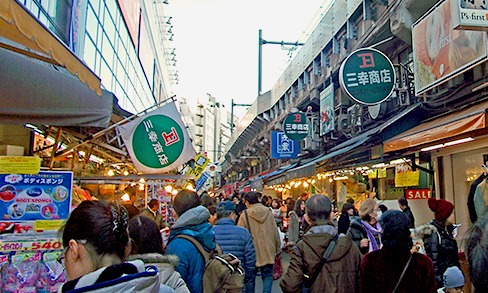
In Ueno, visitors will find a zoo, museums, and the famous cherry blossoms of Ueno Park. "Ameya-Yokocho," which abuts the train tracks at Ueno Station, is always busy with customers looking to buy fresh foods, clothes, shoes, bags, jewelry, makeup, and more.
Take the Tokyo Metro Hibiya Line from Roppongi Station to Ueno Station
(Total travel time: Approximately 25 minutes)
Asakusa
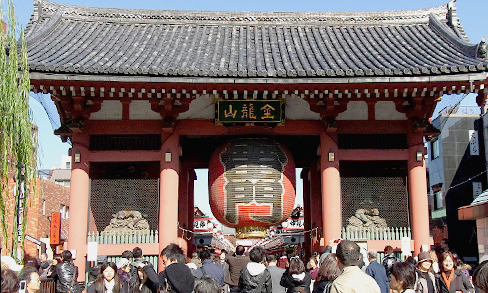
Senso-ji and the Nakamise Shopping Street are the main draws in Asakusa, an old town that still evokes an old-fashioned feel. The area is great for souvenirs, with stores selling famous kaminari-okoshi snacks and ningyo-yaki cakes. Asakusa also plays host to the Sanja Festival in May and the Sumidagawa Fireworks Festival, which dates back approximately 260 years, in July.
Take the Tokyo Metro Hibiya Line from Roppongi Station to Ginza Station and then take the Tokyo Metro Ginza Line to Asakusa Station
(Total travel time: Approximately 28 minutes)
Tokyo Skytree

Standing 634 meters tall and featuring an observation deck at a stunning 350 meters off the ground, Skytree is Tokyo's newest landmark. At night, the structure is illuminated in alternating light patterns: "iki," a light blue motif, and "miyabi," an Edo-purple color.
Take the Toei Oedo Line from Roppongi Station to Aoyama-itchome Station and then take the Tokyo Metro Hanzomon Line to Oshiage Station
(Total travel time: Approximately 32 minutes)
Walk to Tokyo Skytree from Oshiage Station
(Total travel time: 4 minutes)
Odaiba and Ariake

The Odaiba and Ariake area, accessible via the new Yurikamome transportation system and the Tokyo Cruise Ship, boasts a wide variety of commercial facilities with incredible entertainment, dining, and shopping as well as an artificial beach that gives visitors stunning sunset and nighttime views of the city.
Take the Toei Oedo Line from Roppongi Station to Shiodome Station and then take the Yurikamome to Odaiba-kaihinkoen Station
(Total travel time: Approximately 30 minutes)
Aoyama and Omotesando
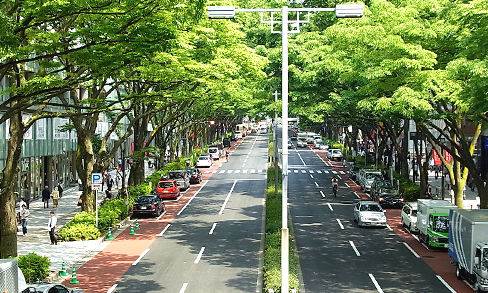
Just looking at the chic streets of the fashionable Aoyama-Omotesando area, with its enticing boutiques and cafés, is enough to dazzle any observer. Omotesando Hills, designed by renowned architect Tadao Ando, is another popular spot in the area.
Take the Tokyo Metro Chiyoda Line from Nogizaka Station to Omotesando Station
(Total travel time: Approximately 2 minutes)
Meiji Shrine
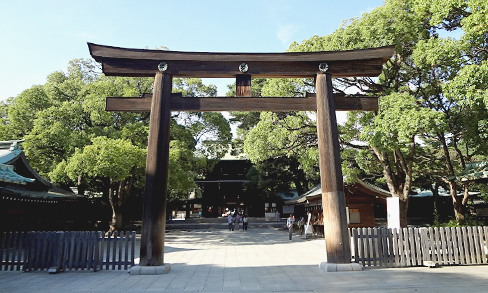
One of the leading tourist spots in Tokyo, Meiji Shrine is famous for its quiet, mysterious ambience and artificial forest of some 100,000 trees--a serene, historical sanctuary in the middle of the city, just minutes from Harajuku and Omotesando.
Take the Toei Oedo Line from Roppongi Station to Yoyogi Station and then take the JR Yamanote Line to Harajuku Station
(Total travel time: Approximately 20 minutes)
Shibuya
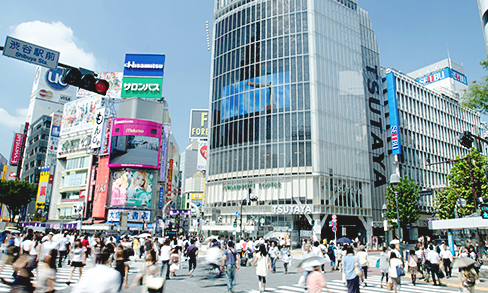
Shibuya is one of Japan's most famous downtown areas, a place that not only features a mix of large commercial facilities, apparel shops, and restaurants but also offers numerous movie theaters, cultural-arts complexes, art museums, and other sources of culture and the arts.
Take the Tokyo Metro Chiyoda Line from Nogizaka Station to Omotesando Station and then take the Tokyo Metro Ginza Line to Shibuya Station
(Total travel time: Approximately 7 minutes)
Shinjuku

Spreading outward from JR Shinjuku Station, Japan's busiest station at an average volume of 3.5 million passengers a day, Shinjuku is a downtown area with a variety of sights to see: department stores, large-scale shopping facilities, restaurants, the Tokyo Metropolitan Government Building, and a skyscraper district.
Take the Toei Oedo Line from Roppongi Station to Shinjuku Station
(Total travel time: Approximately 10 minutes)
Yokohama
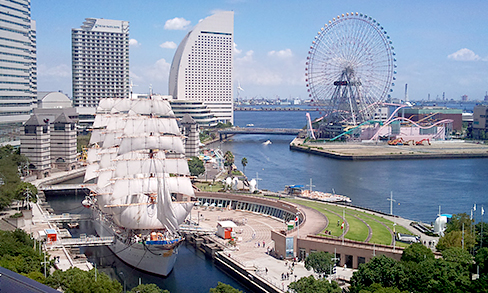
As one of Japan's most prominent international port cities, Yokohama features newly restored historic Western-style houses, the Red Brick Warehouse, and a diverse mix of places to shop and eat. The Yokohama Chinatown also boasts more stores and more total area than any other Chinatown in the world.
Take the Tokyo Metro Hibiya Line from Roppongi Station to Naka-Meguro Station and then take the Tokyu Toyoko Line to Minatomirai Station (via direct connection to the Minatomirai Line)
(Total travel time: Approximately 40 minutes)
Kamakura
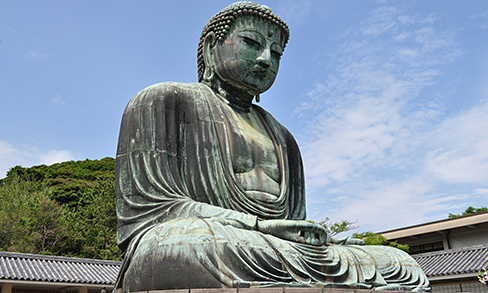
Kamakura was the seat of the samurai government from the end of the 12th century to the middle of the 14th century. Surrounded by mountains, the sea, and abundant nature, Kamakura features many shrines, temples, art museums, and stores that harmonize with the historic character that colors the city streets.
A prominent tourist spot in the area is the awe-inspiring statue of Seated Nyorai, commonly referred to as the Great Buddha of Kamakura.
Take the Tokyo Metro Hibiya Line from Roppongi Station to Ebisu Station and then take the JR Shonan Shinjuku Line to Kamakura Station
(Total travel time: Approximately 60 minutes)
Mt. Fuji

Sacred Mt. Fuji (elevation: 3,776 meters), registered on the list of World Heritage Sites in 2013, is a peak whose massive size and mysterious magnificence make virtually anyone who lays eyes on the mountain dream of one day scaling it. Climbing season runs from July through August. Expressway buses service Kawaguchiko Station, the starting point for visiting Mt. Fuji, on a daily basis.
Take a Fujikyuko Bus or JR Bus Kanto from Tokyo Station to Kawaguchiko Station
(Total travel time: Approximately 2 hours and 50 minutes)
* Direct bus service from and to Grand Hyatt Tokyo is available on weekends and holidays only.
